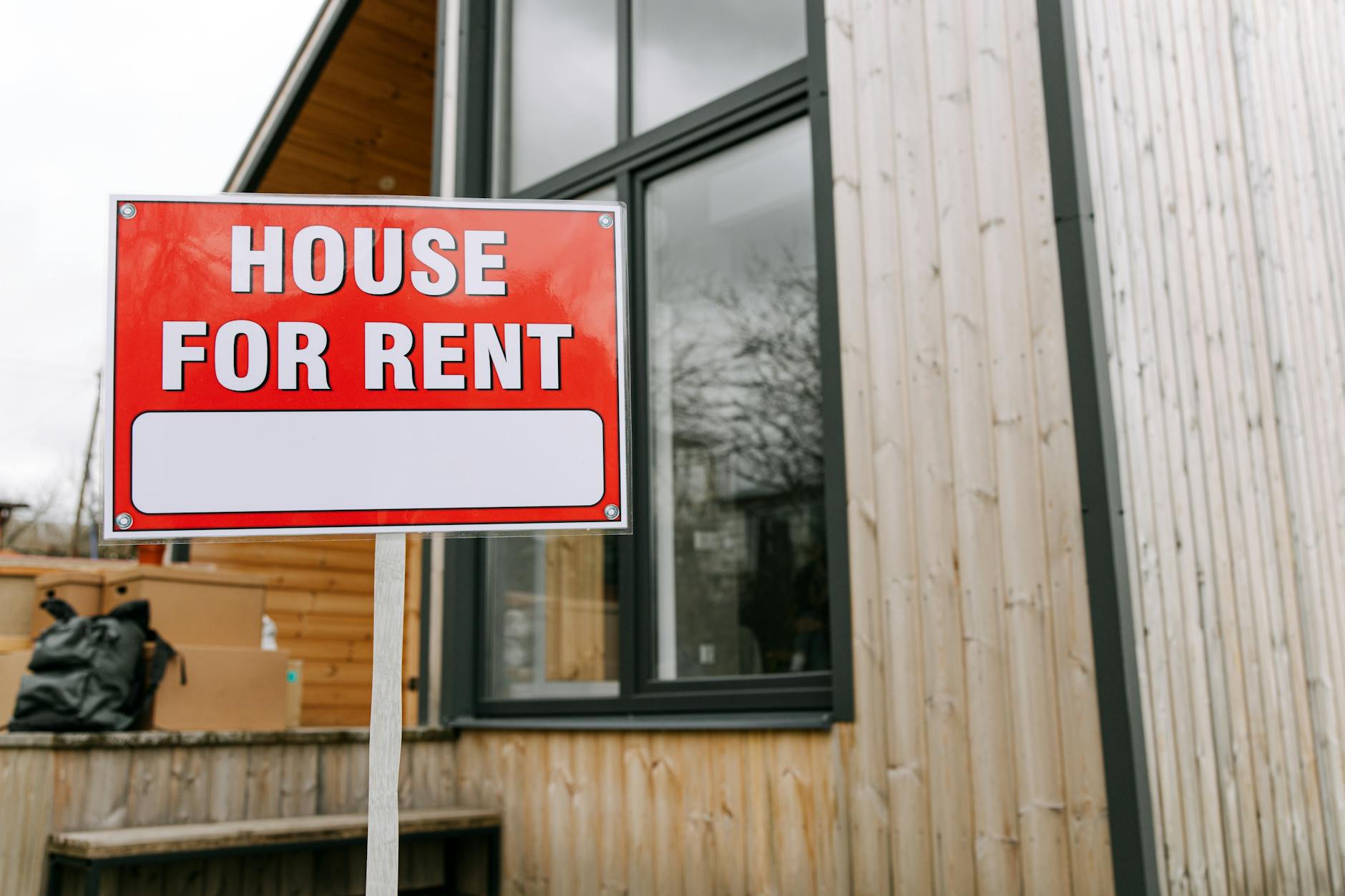Essential Guide to Rental Property Management for New Investors
Essential guide to rental property management for new investors
Entering the world of rental property investment can be a promising venture, but it comes with its set of challenges. For new investors, understanding how to manage rental properties efficiently is crucial to ensure profitability and minimize headaches. This guide will walk you through key aspects of rental property management, from selecting the right property to tenant relations and maintenance. By mastering these areas, investors can safeguard their investment, enhance tenant retention, and streamline their operations. Whether you’re considering your first purchase or have just started renting out your property, this article presents a practical roadmap to help you navigate the complex but rewarding terrain of rental property management.
Choosing the right property and location
The foundation of successful rental property management begins with selecting the right property in a promising location. Location directly influences rental demand, tenant quality, and long-term appreciation. Look for areas with strong job markets, accessible amenities, good schools, and low crime rates. Conduct thorough market research to evaluate rental prices and vacancy rates in the neighborhood to ensure your investment will generate a competitive income.
Another consideration is the property type—single-family homes, apartments, or multi-unit buildings—each comes with distinct management demands and tenant demographics. New investors often benefit from smaller, manageable properties to build experience. Additionally, inspect the property carefully for structural integrity and potential maintenance issues, which can significantly impact your cash flow.
Effective tenant screening and lease agreements
Securing reliable tenants is one of the most critical factors in sustaining rental income without disruption. An effective tenant screening process involves multiple steps:
- Credit checks: Assess financial responsibility by reviewing credit scores and payment history.
- Background checks: Identify any criminal history or potential red flags.
- Income verification: Confirm tenants can afford the rent, usually targeting a rent-to-income ratio of 30% or less.
- Previous landlord references: Gather information on tenant behavior and reliability.
Once a qualified tenant is found, drafting a clear and comprehensive lease agreement is essential. The lease should outline rent amount and due dates, security deposit terms, pet policies, maintenance responsibilities, and procedures for handling disputes and lease termination. A well-structured lease protects both parties and helps avoid potential legal issues.
Maintenance and property upkeep
Maintaining your rental property is key to preserving its value and keeping tenants satisfied. Establish a regular inspection schedule to identify and address issues early—common areas include plumbing, electrical systems, HVAC, and structural components. Promptly handling repair requests demonstrates professionalism and encourages tenant retention.
Consider creating a maintenance budget to manage routine expenses and unexpected repairs. Efficiently tracking maintenance tasks can be done using property management software, reducing paperwork and improving communication with tenants and contractors. Enforcing clear guidelines on tenant responsibilities for cleanliness and minor fixes can also alleviate some management burdens.
Financial management and legal compliance
Smart financial management underpins the success of rental properties. This involves accurate bookkeeping, rent collection, budgeting, and tax planning. Keep detailed records of income, expenses, repairs, and upgrades to ease tax filing and evaluate performance.
| Expense type | Typical monthly cost (%) |
|---|---|
| Mortgage payment | 50-60% |
| Maintenance and repairs | 10-15% |
| Property management fees | 8-12% |
| Property taxes and insurance | 10-15% |
Furthermore, compliance with landlord-tenant laws is non-negotiable. Familiarize yourself with local regulations on security deposits, eviction procedures, rent control, and habitability standards to avoid costly legal disputes. Obtaining appropriate insurance coverage, such as landlord insurance, can protect you from liability and property damage.
Building positive tenant relationships
Strong tenant relationships are vital for long-term rental success. Communicate transparently and promptly respond to tenant inquiries or concerns. Establishing respect and trust encourages tenants to care for the property and reduces turnover rates, saving money on vacancy and re-leasing costs.
Consider implementing tenant appreciation strategies such as timely maintenance, holiday greetings, or small upgrades after long tenancies. These gestures improve tenant satisfaction and foster a cooperative atmosphere which ultimately benefits both landlord and tenant.
Conclusion
Effective rental property management for new investors involves a combination of strategic property selection, thorough tenant screening, timely maintenance, sound financial handling, and fostering good tenant relationships. Each element plays a pivotal role in maximizing returns and minimizing risks. By investing time upfront to research and plan, new landlords can avoid common pitfalls and build a profitable rental business. Understanding legal requirements and staying organized further provide a solid framework for sustainable growth. Ultimately, success as a rental property investor stems not only from acquiring the right assets but also managing them efficiently and ethically over time.
Image by: Ivan Samkov
https://www.pexels.com/@ivan-samkov
editor's pick
latest video
news via inbox
Nulla turp dis cursus. Integer liberos euismod pretium faucibua

